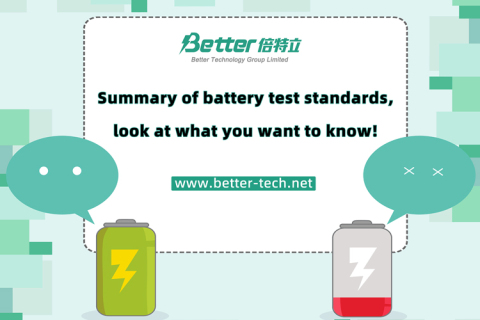
- Home
- >
News
Lithium ion battery works on the moving of Lithium ion between positive and negative electrode. During the charging process, Li+ is embedded and umembedded between the two electrodes: Li+ is umbedded from the positive electrode and embedded into the negative electrode through the elecrtolyte while charging, and the negative electrode is in a lithium-rich state. The opposite is true for electrical discharge.
With the development of science and environmental protection, vehicles gradually transform from oil-fueled driving to electric driving. In the future, the new energy vehicles will be gradually spread to the masses. The alternative to fuel oil, of course, is batteries, at the stage, the widely use of vehicles power batteries include nickel metal hydride battery, lithium ion battery, nickel cadmium battery and lithium battery.
LiFePO4 is poor in electrical conductivity because of the low diffusion coefficient of Lithium ion. The current approach is to make the particles smaller or even nanoscale. Through shortening the migration path of Li+ and electrons, the speed of charging and discharging is increased (theoretically, the migration time is inversely proportional to the square of the migration path). But this brings a series of difficult problems to battery processing. Let’s take a look at how to solve the problem of coating uniformity of lithium iron phosphate battery .
By 2025, the output of lithium-ion batteries for electric vehicles will be more than double. Let's take a look at which countries have increased the most production capacity.





